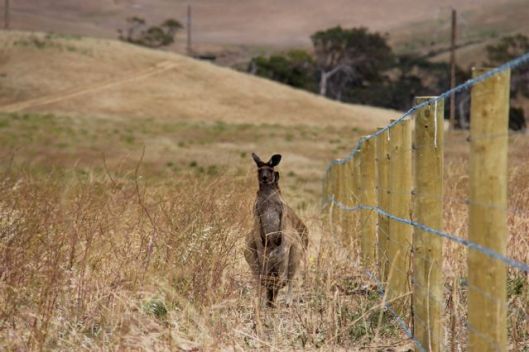Tags
bushfire, climate change, design, ecology, erosion, farm, fire, Fleurieu, Fleurieu Coast, permaculture, planning, resilience, revegetation, seasons, soil, summer, trees, zones

Melted tree guard on a eucalyptus seedling.
A few evenings ago, someone set off fireworks on the road beside our property. Embers from the fireworks landed in the grass on the property boundary and quickly took, spreading through the dry summer grass along the fence and down a drainage line. Thankfully, our neighbours quickly noticed and set to work with their own fire unit while awaiting the arrival of the police and Country Fire Service. The blaze was contained with minimal damage, but it’s stimulated us to revisit our property plans and consider how we’re designing for the inevitability of fire.

Scorched earth and singed trees.







